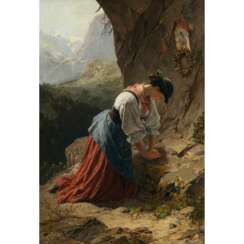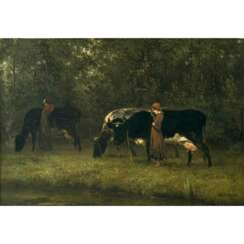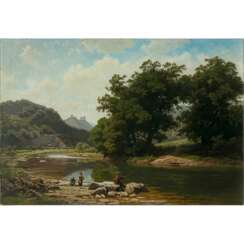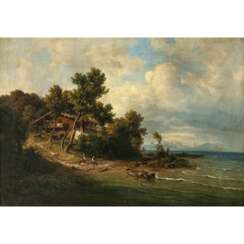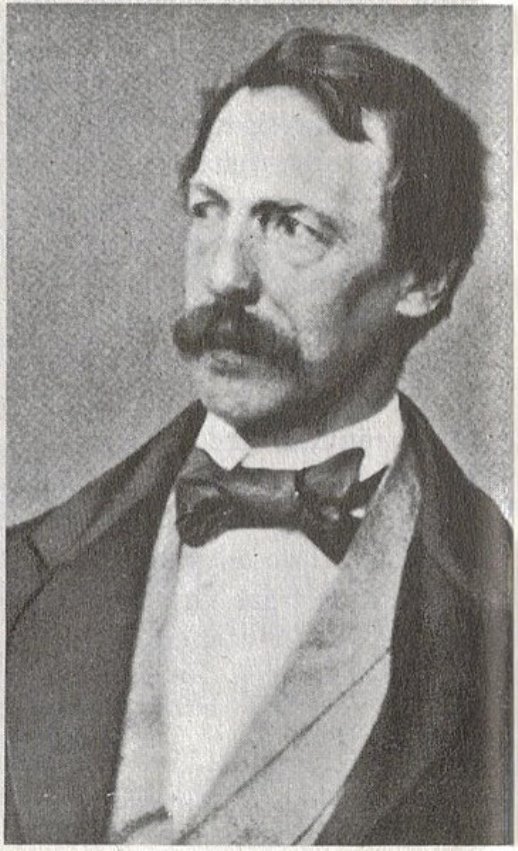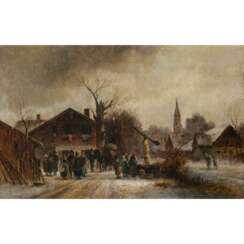
Paintings 19th - 20th century — NEUMEISTER JUNE-AUCTION

Franz Seraph Lenbach was a German painter known primarily for his portraits of prominent personalities from the nobility, the arts, and industry. Because of his standing in society, he was often referred to as the "Malerfürst" (Painter Prince).

Bernardino Luini, born in Runo, Lombardy around 1481, remains a significant figure in the 16th-century Lombard school of painting. A key member of the Milanese second Leonardo movement, he, along with Cesare da Sesto and Giampietrino Francesco Melzi, contributed to the essence of this artistic era. Luini's journey into art was accompanied by his marriage to Margherita Lomazzo in 1510. Among their four sons, Giovan Pietro and Aurelio followed their father's footsteps, becoming painters themselves. Influenced profoundly by Raphael's work, Melozzo da Forlì, and Leonardo da Vinci, Luini skillfully blended Leonardo's techniques with his own innovations. His Salome with the Beheading of John the Baptist (Uffizi) draws inspiration from Leonardo's La Scapigliata, while his Holy Family with the Infant John (Prado) echoes Leonardo's lost original sketch of affectionate children.
Luini's artistic journey began with the disputed but noteworthy Madonna with the Child and Two Saints (1507), now exhibited in Paris's Musée Jacquemart-André. One of his remarkable works, Madonna della Buonanotte, can be found in the Chiaravalle Milanese monastery. This painting held a unique purpose – after evening prayers, passing monks would be greeted by the artwork, offering them a peaceful night's rest. In later years, Luini's focus shifted to fresco painting. Notably, his captivating depictions of the Crucifixion in Lugano's Santa Maria degli Angioli church and the small-scale Crucifixion in San Nazario in Dino, a subdivision of Sonvico, are celebrated masterpieces that showcase his skill.
Bernardino Luini's legacy endures as a testament to his mastery of Lombard Renaissance art. His fusion of Leonardo's influence with his own creative brilliance left an indelible mark on the artistic landscape of the 16th century, making him an integral part of the Milanese second Leonardo movement.

Franz Xaver Nachtmann was a German painter.
He studied at the Academy of Fine Arts in Munich, then worked as a floral artist at the Nymphenburg porcelain factory. A versatile artist, from 1827 Nachtmann switched to landscapes, interior, palace and architectural painting, and also painted portraits and genre scenes.
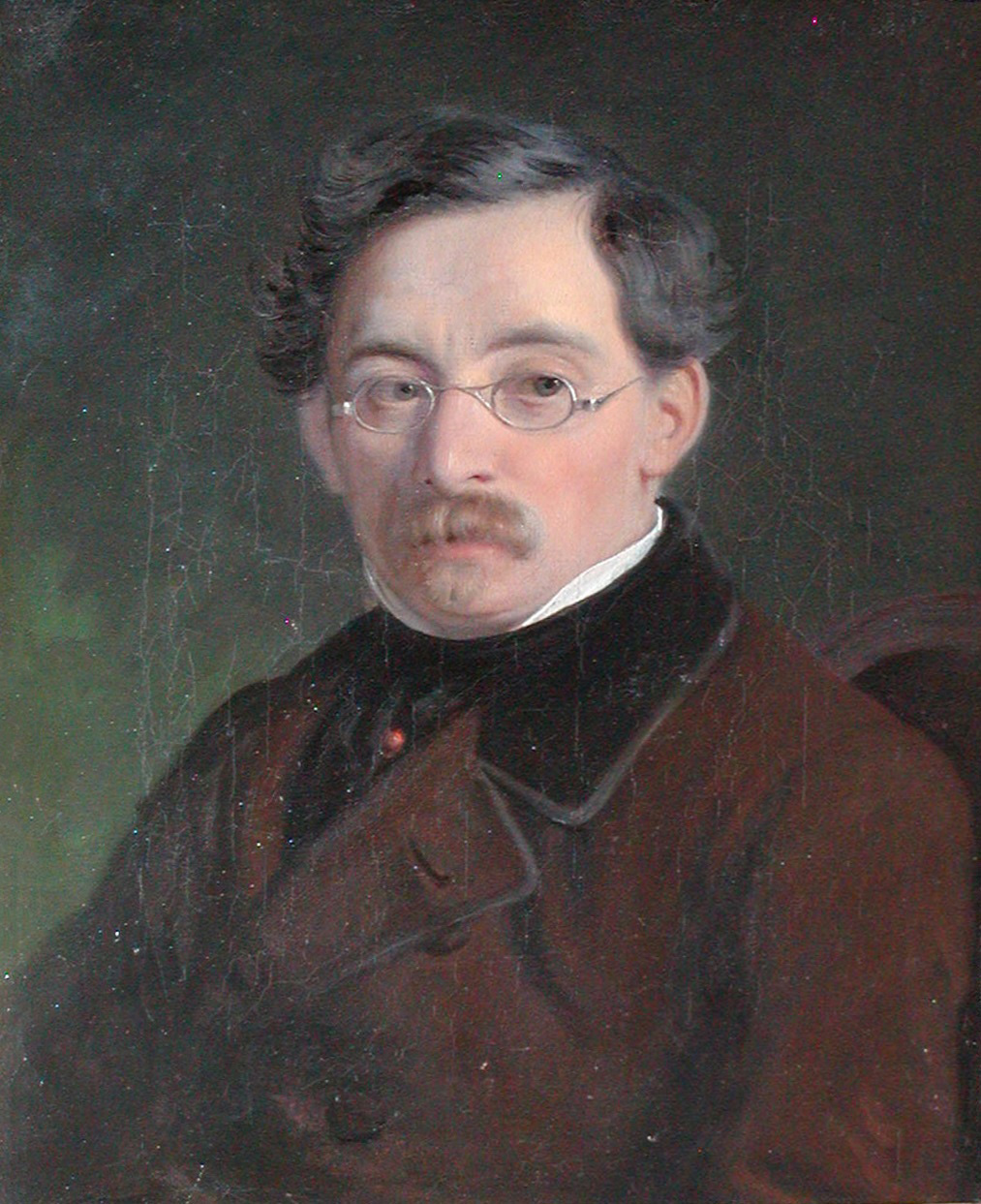
Ernst Meyer was a Danish genre painter of Jewish origin. He studied painting at the Royal Danish Academy of Arts.
Ernst Meyer travelled extensively, living for a time in Germany, France, Switzerland and Italy. It was the colourful street life of Rome that first inspired him to create genre scenes.

Wilhelm Heinrich Schlesinger was a French painter of the second half of the 19th century of German descent. He is known as a portrait painter and genre painter.
Schlesinger studied painting at the Vienna Academy of Fine Arts, worked in Vienna, then settled in Paris. From 1840 to 1889, he exhibited his works at the Paris Salon. The artist favored idealistic historical subjects and scenes from intimate life. His painting "Five Senses" was purchased by the French Empress Eugenie. The master, staying in Istanbul, painted official portraits of Sultan Mahmud II. Schlesinger's paintings are kept in the museums of Vienna and Versailles.

Johann Adam Klein was a German painter and engraver.
He studied the art of engraving and painting at the Vienna Academy of Fine Arts, and painted battle scenes, carefully painting details and especially horses. Horses and animals in general are Klein's favorite subjects. In addition to Germany, he lived in Italy and Hungary, and everywhere he looked for subjects for his works, where horses are necessarily in the center of attention, whether it be battle scenes involving the military, or in a village stable on vacation.

Johann Adam Klein was a German painter and engraver.
He studied the art of engraving and painting at the Vienna Academy of Fine Arts, and painted battle scenes, carefully painting details and especially horses. Horses and animals in general are Klein's favorite subjects. In addition to Germany, he lived in Italy and Hungary, and everywhere he looked for subjects for his works, where horses are necessarily in the center of attention, whether it be battle scenes involving the military, or in a village stable on vacation.

Johann Adam Klein was a German painter and engraver.
He studied the art of engraving and painting at the Vienna Academy of Fine Arts, and painted battle scenes, carefully painting details and especially horses. Horses and animals in general are Klein's favorite subjects. In addition to Germany, he lived in Italy and Hungary, and everywhere he looked for subjects for his works, where horses are necessarily in the center of attention, whether it be battle scenes involving the military, or in a village stable on vacation.
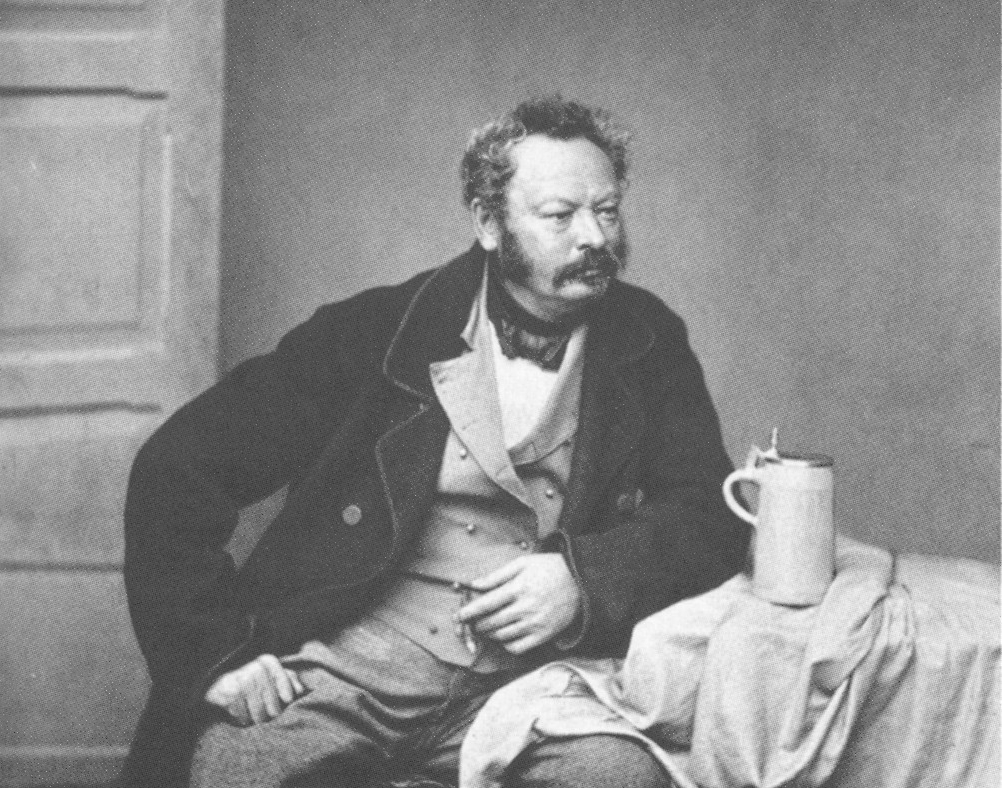
Heinrich Bürkel was a German artist of the mid-nineteenth century. He is known as a painter and graphic artist, representative of the Biedermeier style.
Heinrich Bürkel specialized in genre and landscape paintings, especially winter landscapes. He often used Staffage and depicted animals. His work showed the influence of the old Dutch and Italian masters. Bürkel enjoyed great popularity, his paintings were actively acquired for private collections, including in America. The master painted about 1000 paintings and created about 6000 drawings.

Benno Rafael Adam is a German animalist painter.
He began his fine art studies under the tutelage of his father, the balloonist painter Albrecht Adam. He masterfully depicted hunting dogs and horses, especially scenes of hunting wild animals. Benno Adam also illustrated several textbooks and manuals on livestock breeding.
Benno's son Emil Adam also became an artist.

Ludwig von Hofmann is a German painter, graphic artist and designer. The influence of Historicism, Art Nouveau, Symbolism and New Realism can be felt in the works of Ludwig von Hofmann at different periods of his art.
Ludwig von Hoffmann studied painting at the academies of fine arts in Dresden, Karlsruhe and Munich. Since 1898 he was a member of the cultural movement Berlin Secession.
After the National Socialists came to power in Germany, some of his works were classified as degenerate art, but most of them continued to be exhibited in museums in Germany.

Carl Constantin Heinrich Steffeck was a German painter of the second half of the nineteenth century. He is known as a painter, graphic artist, animalist and portraitist.
Carl Steffeck was particularly famous for his depictions of horses and dogs. He studied art in Berlin, Paris and Italy. Returning to Germany, the artist painted scenes of hunting and animals, sometimes turning to the historical genre. His large historical canvas "Albrecht Achilles in the struggle with Nuremberg for the standard" in 1864 acquired the National Gallery of Berlin. From the 1850s, Steffeck began teaching, earned the title of professor at the Berlin Academy of Arts and became rector of the Königsberg Academy of Arts in 1880.

August Seidel was a German landscape painter, brother of Franz Seidel.
He painted landscapes, often depicting the foothills of the Bavarian Alps. Influenced by John Constable and the Barbizon School.
Seidel's works are in the New Pinakothek in Munich, the Wroclaw Museum and others.

Julius Lange is a German painter. Most of his paintings are landscapes, mainly of the mountains.
He studied painting at the Munich and later at the Dusseldorf Academy of Arts with Johann Wilhelm Schirmer.
Worked for a long time in Northern Italy, including Venice and Milan, receiving commissions from local academies and nobles. From 1868 he held the position of court painter in Munich and painted many works for King Maximilian II and his son King Ludwig II, as well as interior designs for the royal castles Herrenchiemsee and Linderhof.

Joseph Wenglein was a German painter who is often referred to as one of the last significant landscape painters of the 19th century Munich school.
Parallel to his law studies Joseph Wenglein studied at the Academy of Fine Arts in Munich. He then switched entirely to art and became a pupil of the landscape painter Johann Gottfried Steffan. On his recommendation, Wenglein sometime later became a pupil of the painter Adolf Heinrich Lier, whose colouristic tendencies, calculated to express profound moods, particularly appealed to him.
Josef Wenglein knew how to reproduce the change of daylight, especially in spring and autumn, with a fine sense of the slightest atmospheric fluctuations and to vary the grey pleasant tone of the Bavarian plateau in all its nuances masterfully.










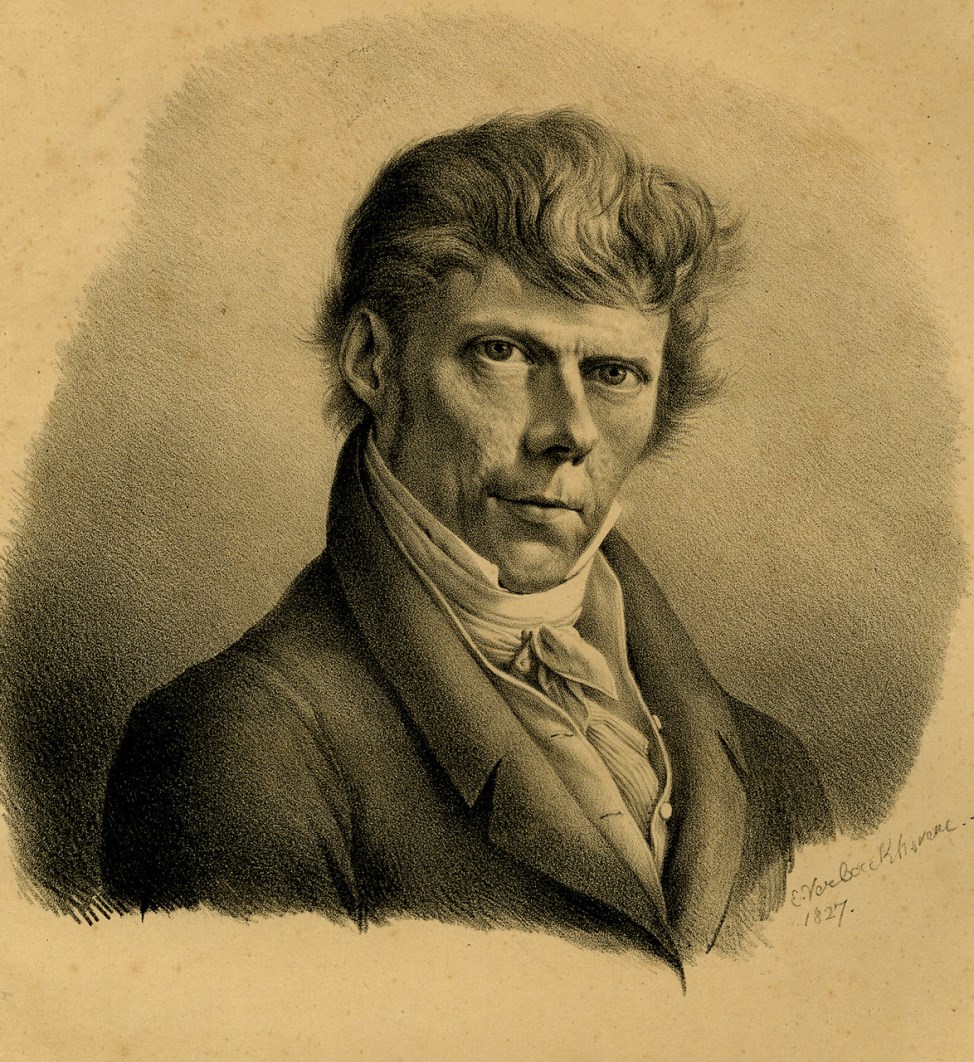












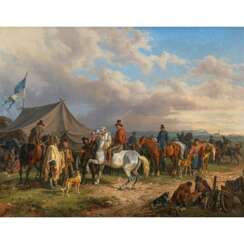







 Marr.jpg)







